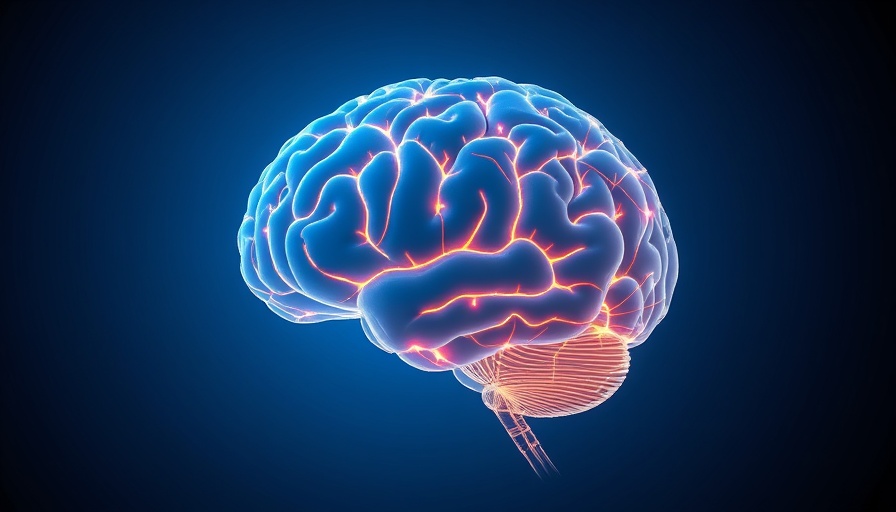
Unlocking the Power of Microglia: A New Hope Against Alzheimer’s
The recent advances in Alzheimer’s research reveal an innovative approach that could change the landscape of treatment: genetically engineered microglia. This pivotal study from Cell Stem Cell demonstrates that these immune cells in the brain can be modified to deliver therapeutic proteins directly to amyloid plaques, which are notorious for playing a key role in Alzheimer's disease. Unlike traditional methods that struggle with the blood-brain barrier (BBB), these engineered microglia hold significant promise for the future.
The Challenge of the Blood-Brain Barrier
One of the major hurdles in treating neurological conditions is the BBB, which protects the brain from harmful substances but also blocks beneficial therapies from reaching their targets. Traditional approaches often involve invasive techniques, such as injections or gene therapies, which can lead to complications like tumor formation or inflammation. Instead, the researchers turned to microglia, the brain's own immune cells, to sidestep these hurdles. Unlike many other options, mature microglia do not promote tumor growth, making them a safer vehicle for therapeutic delivery.
Engineering Microglia for Targeted Delivery
To address the Alzheimer's plaques, scientists developed induced pluripotent stem cells (iPSCs) that can differentiate into microglia capable of producing neprilysin, an enzyme that breaks down amyloid-beta. During their experiments, the engineered cells effectively recognized plaques through the receptor CD9. Rather than merely having neprilysin on their membranes, the study found that secreting active neprilysin led to enhanced degradation of amyloid, demonstrating distinct superiority in this targeted approach.
Measuring Success: Speed of Clearing Amyloid Plaques
When comparing the engineered microglia to standard human counterparts, results were remarkable. The neprilysin-expressing microglia consumed amyloid plaques at significantly higher rates, speeding up the process of clearance by 1.5 to 2 times. This impressive performance illustrates the potential benefits of harnessing our body’s natural cellular structures to combat diseases like Alzheimer’s. Plus, these engineered cells showed the ability to penetrate plaques and significantly diminish their size.
The Impact on Brain Health
Beyond just plaque clearance, the study also highlighted how these engineered microglia affected brain health markers. They were able to restore synaptic protein levels linked to neuron communication, vital for preserving brain functions. The findings suggest that not only might this innovative therapy help in cleaning up plaques, but it could also mitigate some of the cognitive decline associated with Alzheimer’s, addressing the disease on multiple fronts.
Looking Ahead: A New Era in Alzheimer’s Treatment
The implications of this research stretch far beyond merely treating symptoms of Alzheimer’s disease. By utilizing microglia as delivery vehicles for therapeutic proteins, researchers may pave the way for a new class of treatments aimed at reversing or preventing neurodegenerative diseases. This breakthrough represents a significant step forward, integrating advancements in cellular biology with practical applications in health and longevity.
As we continue to uncover these promising scientific developments, staying informed about the latest in longevity science can empower us to make proactive health choices. Keep following the advancements in aging-related discoveries to blend cutting-edge research with everyday wellness practices.
 Add Row
Add Row  Add
Add 




Write A Comment